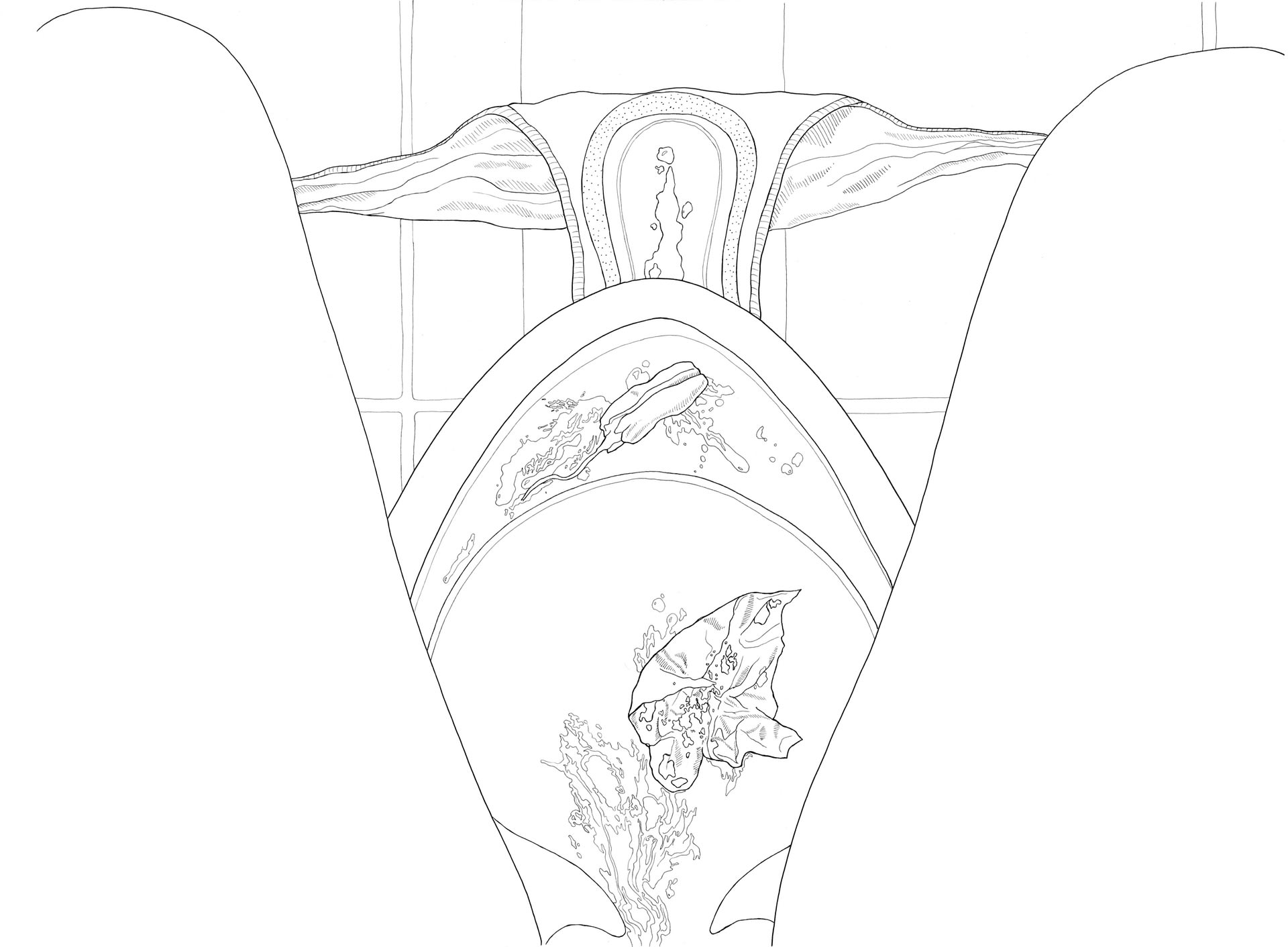Molly is a second year Masters student graduating from the Royal College of Art in 2023. Prior to RCA, she obtained a First-Class Honours BSc at The Welsh School of Architecture in 2020 and proceeded to develop her professional and personal spatial practice whilst working as a Part I Architectural Assistant for George+Tomos Architects in West Wales.
In 2022, Molly began to investigate her interest in the presence of gender inequality within the built environment during her MA. As part of ADS10, her first-year proposal sought to prompt the necessary conversations regarding childcare surrounding the workplace, with the long-term goal of liberating women from the gendered and unwaged role of the reproductive labourer.
After joining ADS3 in her second year, Molly continued to study the regulation of female bodies within public and private space through examining architecture’s role in perpetuating societal conceptions regarding bodily processes such as menstruation. Utilising the underground public convenience at Queensway as a proxy site, her project ‘Taboo in the Loo’ explored how redesigning the public bathroom could help raise awareness of the menstrual illiteracy present within western society.














